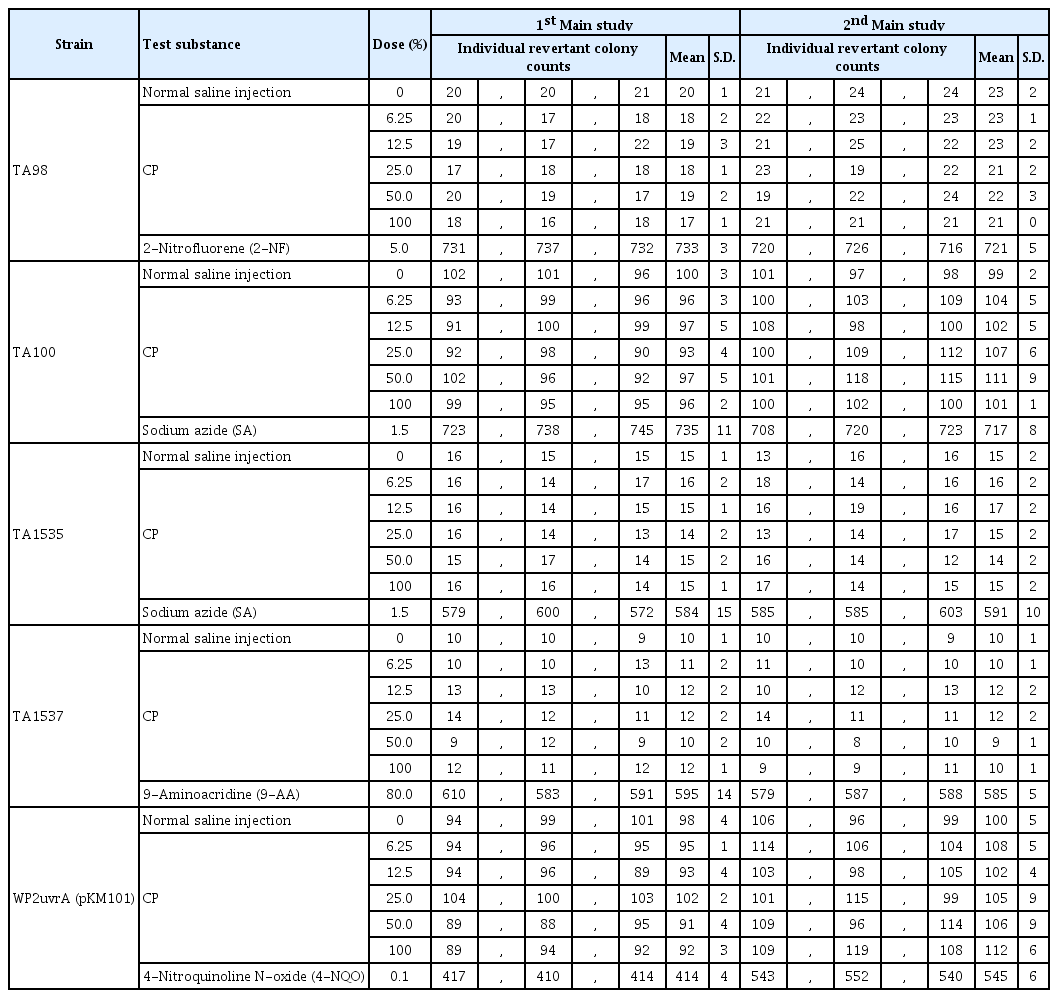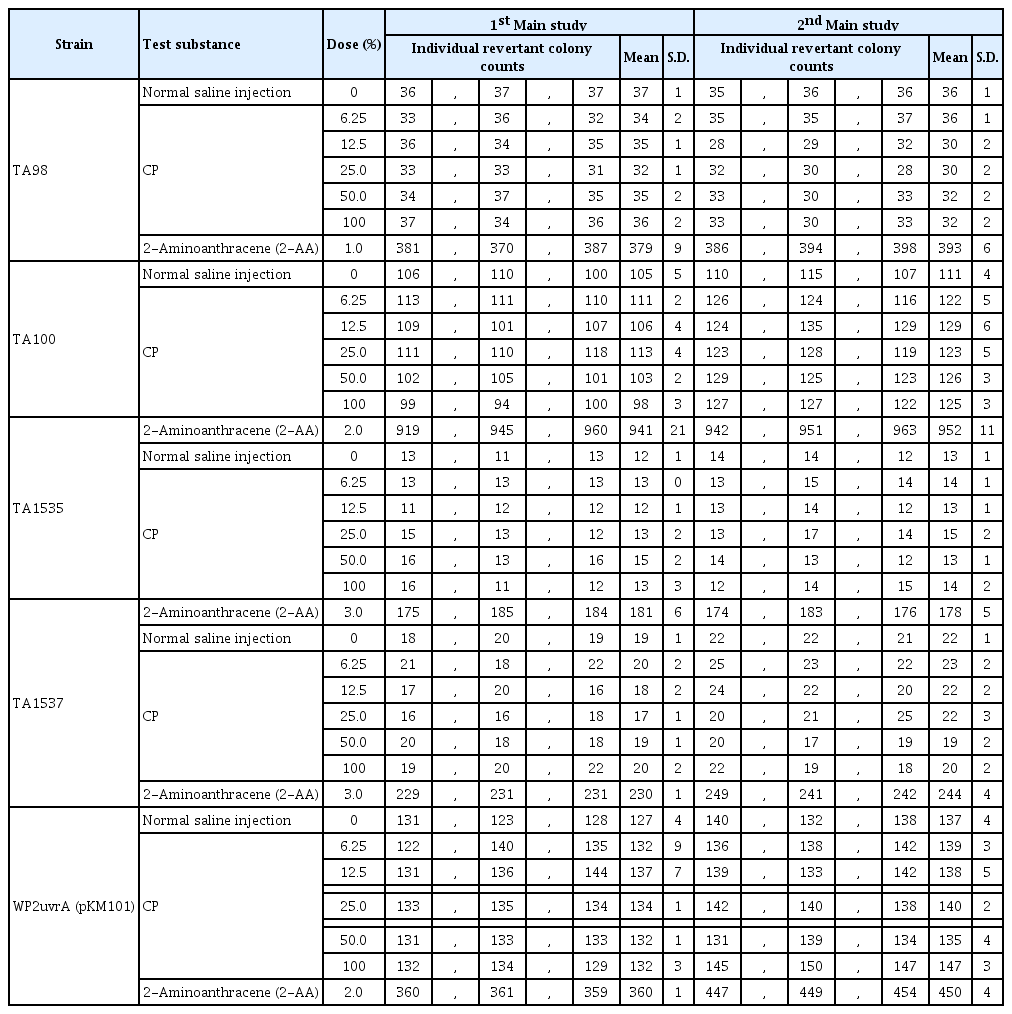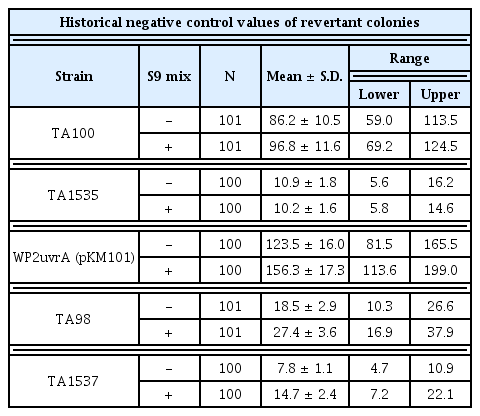References
1. Jung C, Jung JH, Lee MS. A clinical study of immune pharmacopuncturology Kyungrak medical publishing co. Chungnam: 2011. p. 127–33.
2. Nam SC. Immune Pharmacopuncturology Kyungrak medical publishing co. Chungnam: 2009.
3. Korean Acupuncture & Moxibustion Society. Hanmi Medical Publishing Co. Seoul: 2020.
4. Ramírez-Barrantes R, Córdova C, Gatica S, Rodriguez B, Lozano C, Marchant I, et al. Transient receptor potential vanilloid 1 expression mediates capsaicin-induced cell death. Frontiers in physiology 2018;9:682.
5. Tandan R, Lewis GA, Krusinski PB, Badger GB, Fries TJ. Topical capsaicin in painful diabetic neuropathy: controlled study with long-term follow-up. Diabetes care 1992;15(1):8–14.
6. Drake HF. Justins, Randomised double-blind study of topical capsaicin for treatment of post-herpetic neuralgia. Pain 1990;5:S58.
7. Bernstein JE, Parish LC, Rapaport M, Rosenbaum MM, Roenigk HH Jr. Effects of topically applied capsaicin on moderate and severe psoriasis vulgaris. Journal of the American Academy of Dermatology 1986;15(3):504–507.
8. Maggi CA, Barbanti G, Santicioli P, Beneforti P, Misuri D, Meli A, Turini D. Cystometric evidence that capsaicin-sensitive nerves modulate the afferent branch of micturition reflex in humans. The Journal of urology 1989;142(1):150–154.
9. Silva C, Rio ME, Cruz F. Desensitization of bladder sensory fibers by intravesical resiniferatoxin, a capsaicin analog: long-term results for the treatment of detrusor hyperreflexia. European urology 2000;38(4):444–452.
10. McCarty MF, DiNicolantonio JJ, O’keefe JH. Capsaicin may have important potential for promoting vascular and metabolic health. Open Heart 2015;2(1):e000262.
11. Westerterp-Plantenga MS, Smeets A, Lejeune MPG. Sensory and gastrointestinal satiety effects of capsaicin on food intake. Int J Obes 2005;29(6):682–688.
12. Steinberg AC, Oyama IA, Rejba AE, Kellogg-Spadt S, Whitmore KE. Capsaicin for the treatment of vulvar vestibulitis. American journal of obstetrics and gynecology 2005;192(5):1549–1553.
13. Zhang J, Nagasaki M, Tanaka Y, Morikawa S. Capsaicin inhibits growth of adult T-cell leukemia cells. Leukemia research 2003;27(3):275–283.
14. Ito K, Nakazato T, Yamato K, Miyakawa Y, Yamada T, Hozumi N, et al. Induction of apoptosis in leukemic cells by homovanillic acid derivative, capsaicin, through oxidative stress: implication of phosphorylation of p53 at Ser-15 residue by reactive oxygen species. Cancer research 2004;64(3):1071–1078.
15. Hail N Jr, Lotan R. Examining the role of mitochondrial respiration in vanilloid-induced apoptosis. Journal of the National Cancer Institute 2001;94(17):1281–1292.
16. Nolano M, Simone DA, Wendelschafer-Crabb G, Johnson T, Hazen E, Kennedy WR. Topical capsaicin in humans: parallel loss of epidermal nerve fibers and pain sensation. Pain 1999;81(1–2):135–145.
17. Ständer S, Luger T, Metze D. Treatment of prurigo nodularis with topical capsaicin. Journal of the American Academy of Dermatology 2001;44(3):471–478.
18. Ehsani AH, Toosi S, Seirafi H, Akhyani M, Hosseini M, Azadi R, et al. Capsaicin vs. clobetasol for the treatment of localized alopecia areata. Journal of the European Academy of Dermatology and Venereology 2009;23(12):1451–1453.
19. Kim HJ, Gwan R, Han JW, Jung C. Anti-oxidant and anti-inflammatory effects of V Yakchim. J Korea Immuno-Yakchim Soc 2013;2(1):1–8.
20. Kim HJ. In Vitro Chromosome Aberration Test of V-YAKCHIM in Chinese Hamster Lung Cell. J Korea Immuno-Yakchim Soc 2013;2(2):19–27.
21. Jung C. In vivo Micronucleus test of V-YAKCHIM in ICR Mice. J Korea Immuno-Yakchim Soc 2013;2(2):5–10.
22. Lee MS, Jung C. Comparative Sutdies on the Biological Activity of V and A Yakchim. J Korea Immuno-Yakchim Soc 2015;4(2):37–45.
23. Cho S, Jung C, Kim K, Ko S, Jung H, Park J. A Case Study of Acute Appendicitis Improved by Pharmacopuncture Treatment. The Journal of Internal Korean Medicine 2019;40(2):208–219.
24. Chung YJ, Lee HJ, Lee YK, Lee JH, Gong HM, Jun SA, et al. Case Report of Hypoesthesia of Lower Limb with Additional CP Pharmacopuncture. Journal of Physiology & Pathology in Korean Medicine 2019;33(2):158–162.
25. Hwang JH, Ku J, Jung C. Evaluation of the Single-Dose Toxicity of Capsaicin Containing Pharmacopuncture in Rats. Journal of Acupuncture Research 2020;37(3):167–172.
26. Teschke R, Wolff A, Frenzel C, Schulze J. Review article: Herbal hepatotoxicity—an update on traditional Chinese medicine preparations. Aliment Pharmacol Ther 2014;40(1):32–50.
27. Kim EJ, Chen Y, Huang JQ, Li KM, Razmovski-Naumovski V, Poon J, Chan K, Roufogalis BD, McLachlan AJ, Mo SL, Yang D, Yao M, Liu Z, Liu J, Li GQ. Evidence-based toxicity evaluation and scheduling of Chinese herbal medicines. J Ethnopharmacol 2013;146(1):40–61.
29. China Food and Drug Administration (CFDA). Good Laboratory Practice for Non-Clinical Laboratory Studies of Drug: Notification No. 34 2017;
30. Organisation for Economic Co-operation and Development. OECD Principles of Good Laboratory Practice OECD ENV/MC/CHEM. (98):17. 1997;
31. Korea Food and Drug Administration (KFDA). Toxicity test standard of drugs 2017.
32. National Instutute of food and drug safety evaluation. Explanation of toxicity test standard of drugs 2012;



